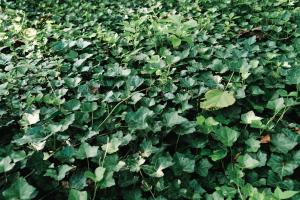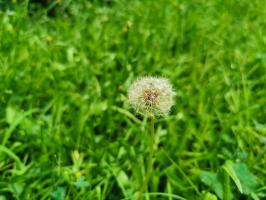Are Cherry Trees Safe to Plant Near Sidewalks?
Cherry trees are beautiful and highly-prized for their delicate pink or white blossoms, rich color and delicious fruits. However, some gardeners and landscapers may be concerned about planting cherry trees near sidewalks or paths. The main concern is that root growth may cause damage to the hardscaping or infrastructure. In this article, we will explore the safety of planting cherry trees near sidewalks and offer tips for mitigating any potential damage.
The Growth Habits of Cherry Trees
Cherry trees have a shallow root system and are known for their tendency to develop surface roots. These roots can extend up to three times the height of the tree, making it important to consider their placement when planting. In addition, cherry trees prefer moist, well-drained soil and thrive in full sun. They do best in areas with plenty of space for root growth.
The Risks of Planting Cherry Trees Near Sidewalks
Since cherry trees have shallow roots, they may cause problems when planted near sidewalks or other hardscaping. As the roots grow, they can heave and crack concrete, brick or other materials. This can lead to uneven and dangerous walking surfaces, and may potentially create tripping hazards. It can also damage underground infrastructure such as plumbing and electrical systems.
How to Plant Cherry Trees Near Sidewalks Safely
Despite their potential to cause problems, cherry trees can be safely planted near sidewalks with proper planning and care. The first step is to choose a location that is at least six to eight feet away from the sidewalk. This will allow ample space for root growth without risking damage. It is also important to select a species that is appropriate for the size of the space. Dwarf varieties are ideal for smaller areas, while larger species should be reserved for open spaces with plenty of room for growth.
When planting, it is important to dig a hole that is wider than the root ball to encourage lateral root growth. Adding high-quality soil amendments can also help promote healthy root growth. Applying a layer of mulch around the base of the tree can help retain moisture and regulate soil temperature.
Mitigating Damage from Cherry Tree Roots
If you already have cherry trees planted near sidewalks, there are steps you can take to mitigate damage from root growth. Periodically inspect the area around the tree for signs of heaving or cracking. If you notice any issues, consider installing root barriers to limit the spread of roots. These can be made from various materials such as plastic or copper and should be installed at least 24 inches deep to be effective.
In closing, planting cherry trees near sidewalks requires careful planning and consideration. By choosing appropriate species, planting with care and performing routine inspections, you can enjoy the beauty and benefits of these trees without sacrificing the safety of your hardscaping.

 how many times do yo...
how many times do yo... how many planted tre...
how many planted tre... how many pine trees ...
how many pine trees ... how many pecan trees...
how many pecan trees... how many plants comp...
how many plants comp... how many plants can ...
how many plants can ... how many plants and ...
how many plants and ... how many pepper plan...
how many pepper plan...































